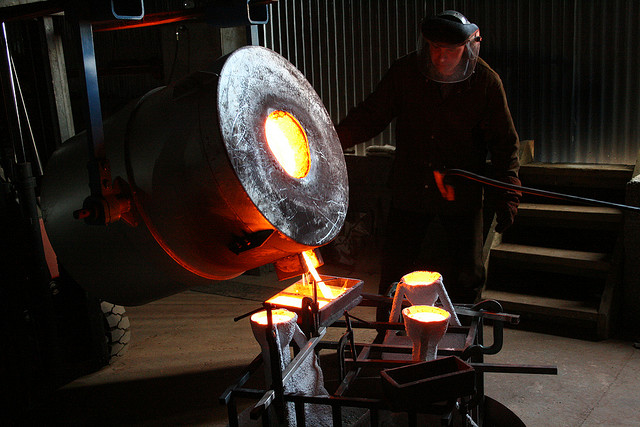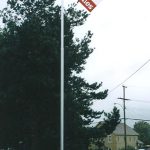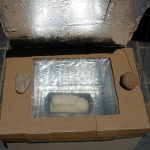In the onset of cold weather, a faulty furnace is a major problem. But before bringing in a professional who knows how to fix a furnace, check out what the trouble is first and see if it’s something that can easily be repaired on one’s own.
Inspect the thermostat, first by making sure that it is set to “heat,” then confirm that the room temperature of the place in which the thermostat is found is cooler compared to the temperature setting of the thermostat. If one’s thermostat is programmable, check if the program runs and has the right day and time settings. If the thermostat has a battery, make certain it is in good condition. If not, a thermostat usually indicates a poor battery by flashing a battery’s picture.
Ensure that every switch, the interlock switches, and the fuses/breakers are switched on. The fuses/breakers should be inspected at the electrical service panel. In addition, the main on-and-off switch resembles an ordinary light switch, and is found at some part of the furnace.
The blower compartment is located at the furnace’s bottommost portion. Certify that its door is in position. The door of the blower compartment usually comes with an interlock switch which ensures that the blower is shut off should the door be removed.
If using a gas furnace, make sure that the gas is turned on. The gas line will have a shut-off valve before going into the furnace, and the gas valve has to be parallel with the gas line when the valve is flipped on.
Prior to performing the next few steps, flip the shut-off switch off. Again, the shut-off switch looks similar to a normal light switch, and is found somewhere on the furnace. If one’s gas furnace has a flue, it should be disassembled where it goes into the furnace to ensure there are no blockages such as plants, leaves, birds or whatever. Keep in mind how the flue’s pieces are disassembled so that it can be reassembled in the same manner afterwards.
If one has a gas heater that is functioning properly, the flue exiting the house would just fine. Problems with the flue or the exhaust should not be discounted, as it could cause a build-up of carbon dioxide in one’s home. It is advised to refer to a professional if one is unsure in this area.
A high-efficiency furnace brings in air from the outside containing moisture. If one happens to be using this type of furnace, make sure that the intake and exhaust vents located at the side of the house are free from leaves, plants or anything that could block them.
The clear tube coming out near the high-efficiency furnace’s bottom is the drain line. Verify that the drain line is open. The drain line should not be confused with either the humidifier drains or the air conditioner, as these two are usually situated much higher than the drain. If it’s summertime, make sure the humidifier is turned off and is unplugged.
A furnace can overheat and abruptly shut down due to dirty filters, so it is important to always have clean filters. Filters should be inspected on a regular basis, once a month at the very least. In replacing filters, refer to the manual that came with the furnace, since filters differ in type depending on a specific furnace’s model and its manufacturer. In closing, bear in mind trying to fix a furnace comes with potential risks. If one does not feel confident following the preceding steps by themselves, it is best to bring in a professional instead.



